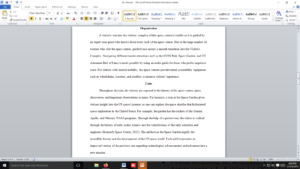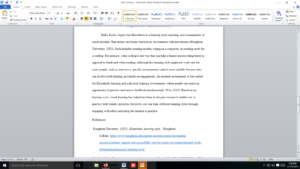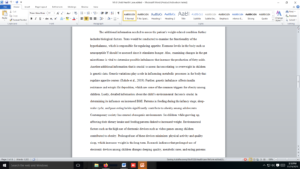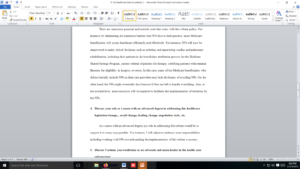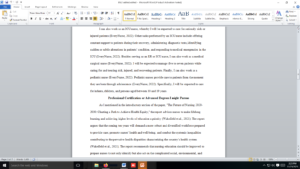Pre-implantation Genetic Diagnosis
After studying the course materials located on Module 4: Lecture Materials & Resources page, answer the following:
- Description and bioethical analysis of:
- Pre-implantation Genetic Diagnosis PGD
- Surrogate motherhood
- “Snowflake babies”
- Artificial insemination
- What is Natural Family Planning (NFP)?
- Describe the 3 Primary ovulation symptoms.
- Describe the 7 Secondary ovulation symptoms.
- Describe various protocols and methods available today.
- Describe some ways in which NFP is healthier than contraception.
- Bioethical evaluation of NFP as a means and as an end.
- Read and summarize ERD paragraphs #: 38, 39, 42, 43, 44, 52.
Submission Instructions:
- The paper is to be clear and concise and students will lose points for improper grammar, punctuation, and misspelling.
- If references are used, please cite properly according to the current APA style
Requirements: 2-3 pages
Read
- Ethical and Religious Directives for Catholic Health Care Services (6th ed.). (2018).
Paragraphs: 38, 39, 42, 43, 44, 52
Answer preview
One of the secondary ovulation symptoms is mittelschmerz which refers to ovulation pain in the lower abdomen. It occurs fourteen days prior to menstruation. Another symptom is ovulation spotting, whereby a woman experiences light bleeding during this cycle, although it is not common in all females. The third symptom is the swollen vulva, which occurs in the area where ovulation occurs. Fourthly, increased libido, which is stimulated by high estrogen levels. However, libido is low due to reduced estrogen when ovulation is not taking place (Gnoth et al., 2016). The fifth ovulation symptom is breast tenderness caused by high progesterone hormones. The tender breasts result in pain in the nipples, and fluid delays as the breasts prepare for lactation and conception. The sixth symptom is bloating, which occurs due to increased fluids in the lower abdomen stimulated by progesterone. Lastly, ferning is a symptom of the mucus forming fern in its secretions. It is a result of sodium chloride crystallization on the mucus.
[1265 Words]

Pre-implantation Genetic Diagnosis

